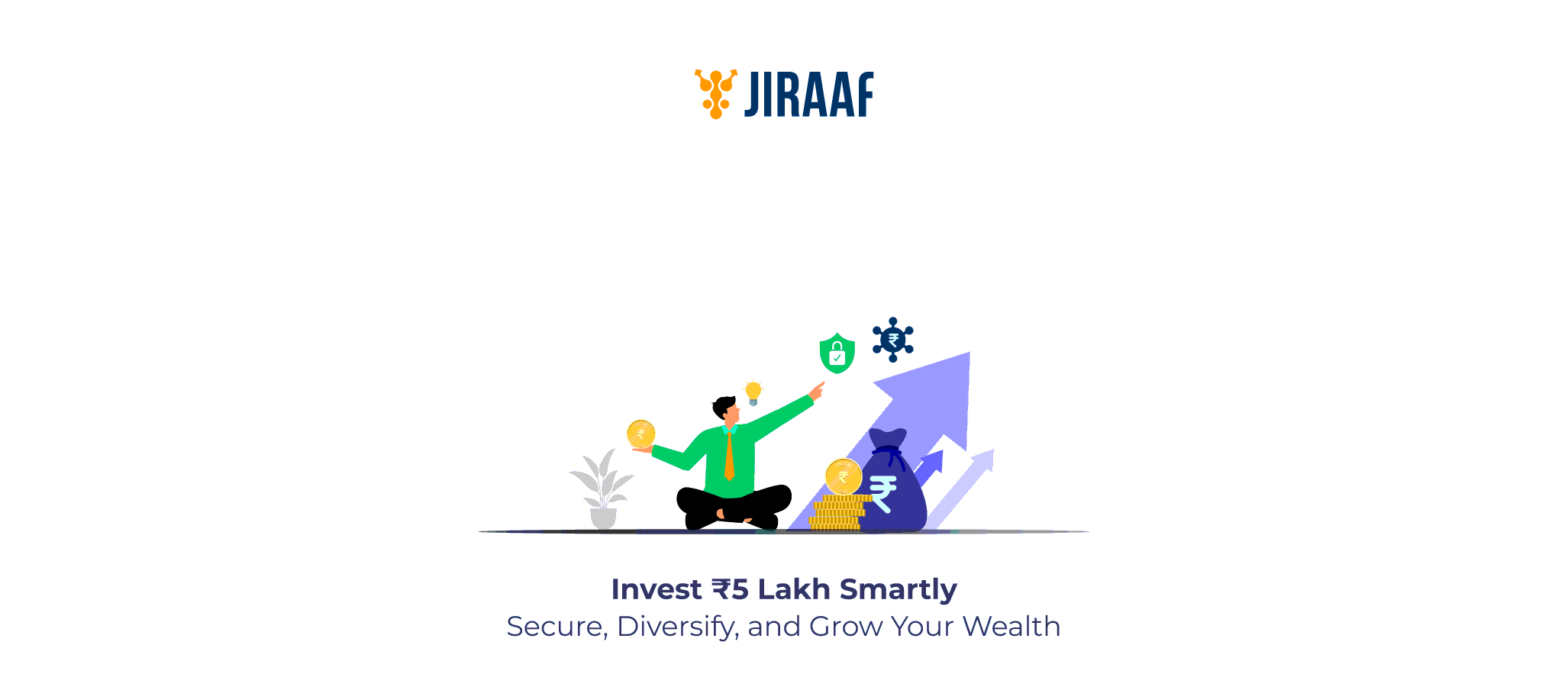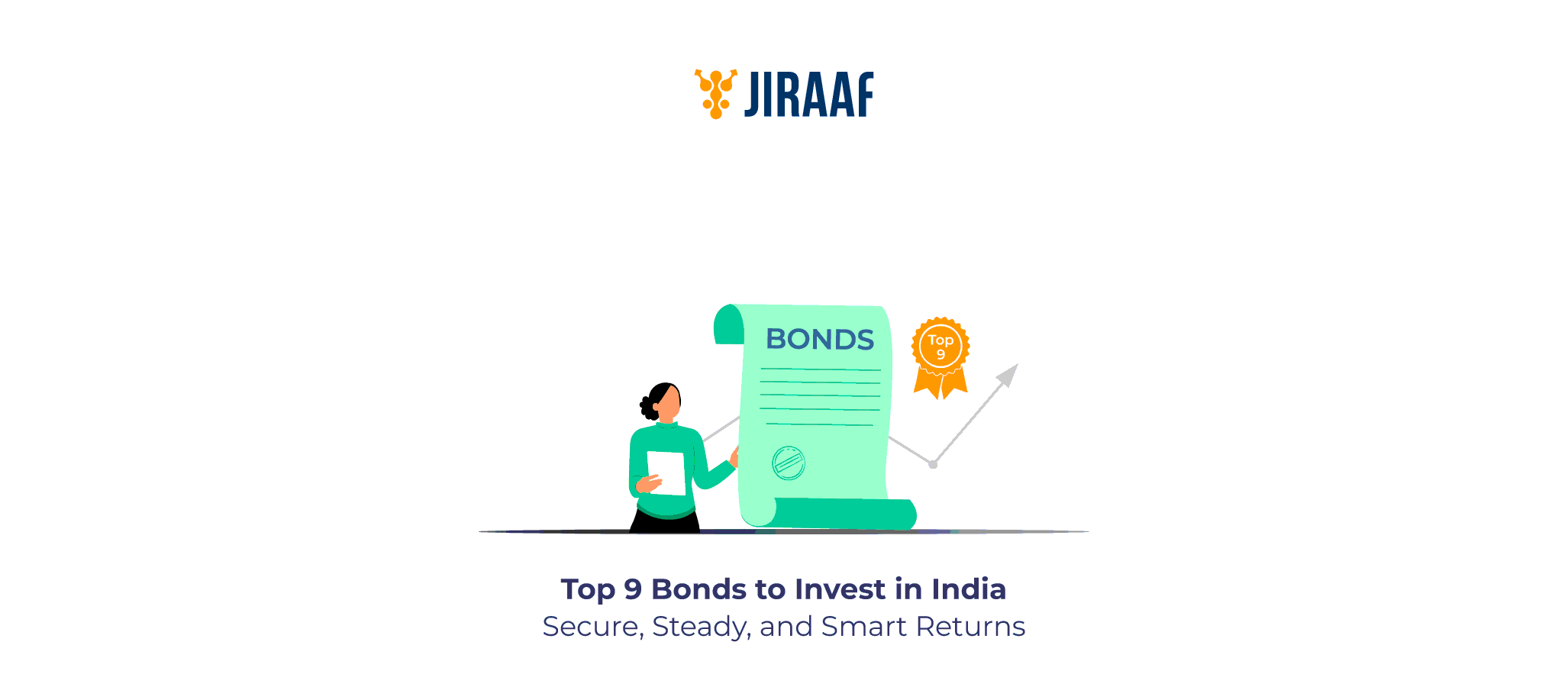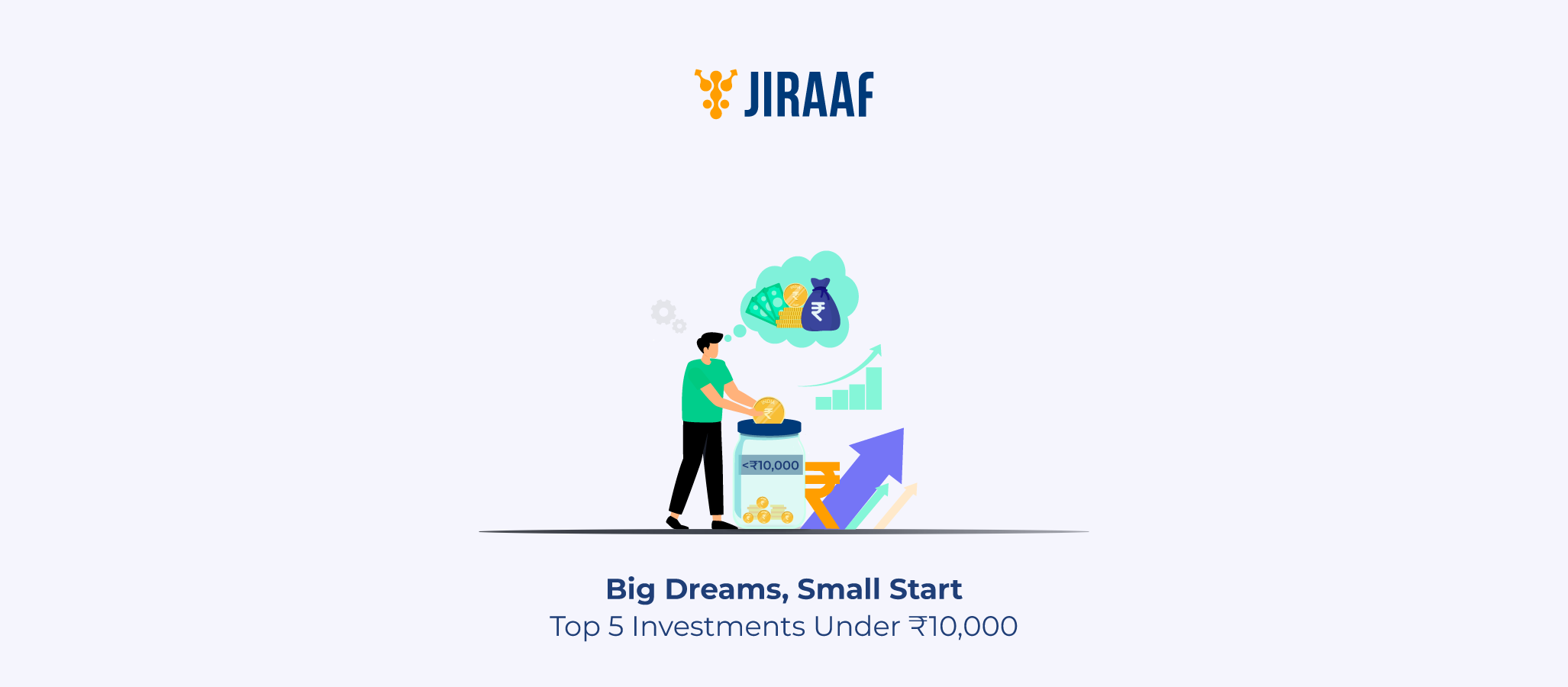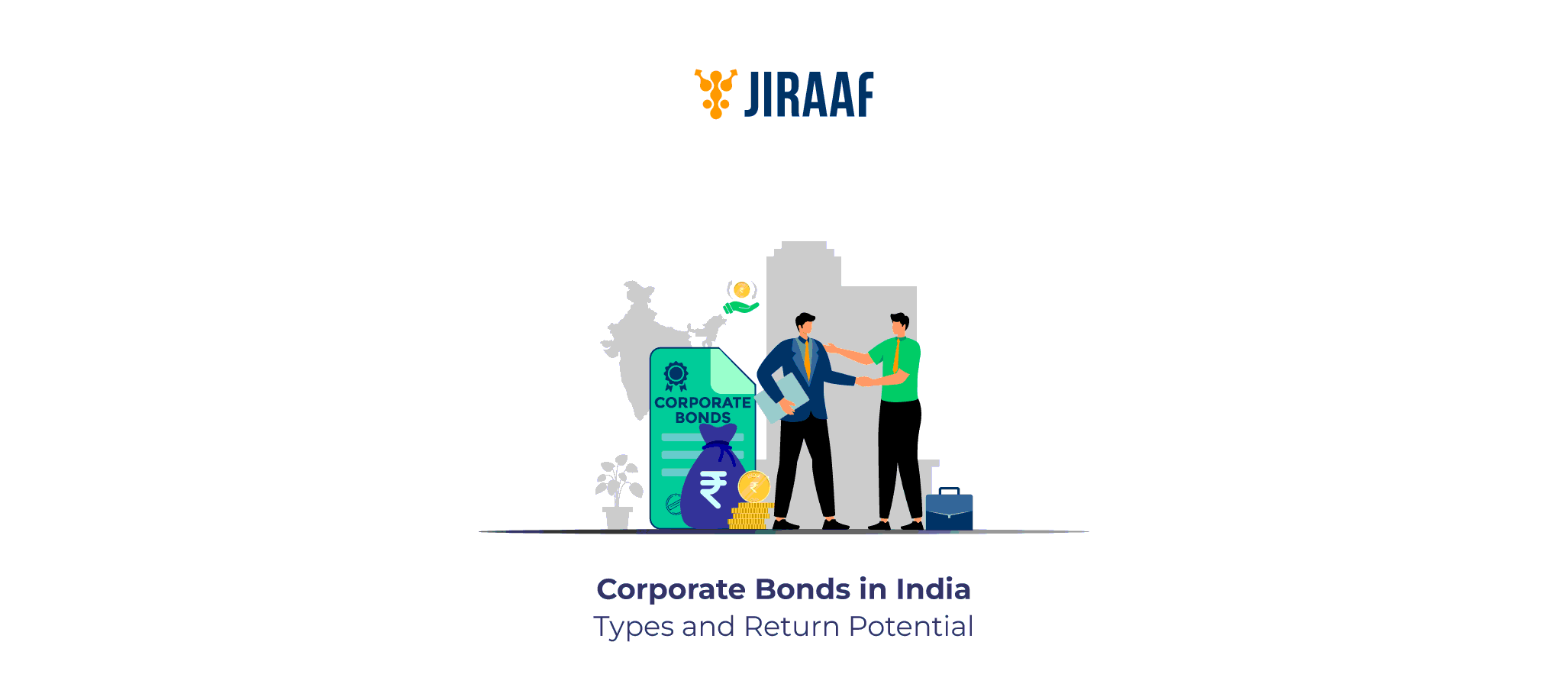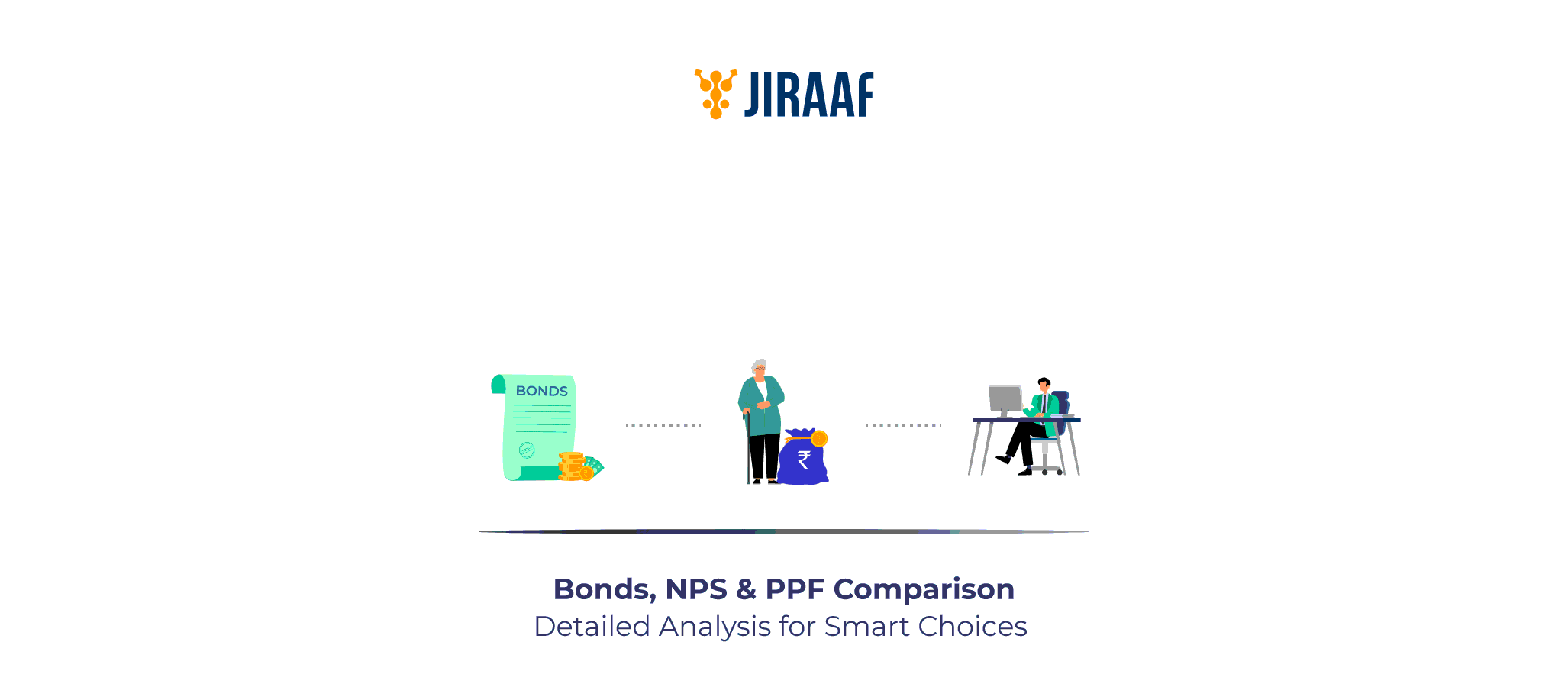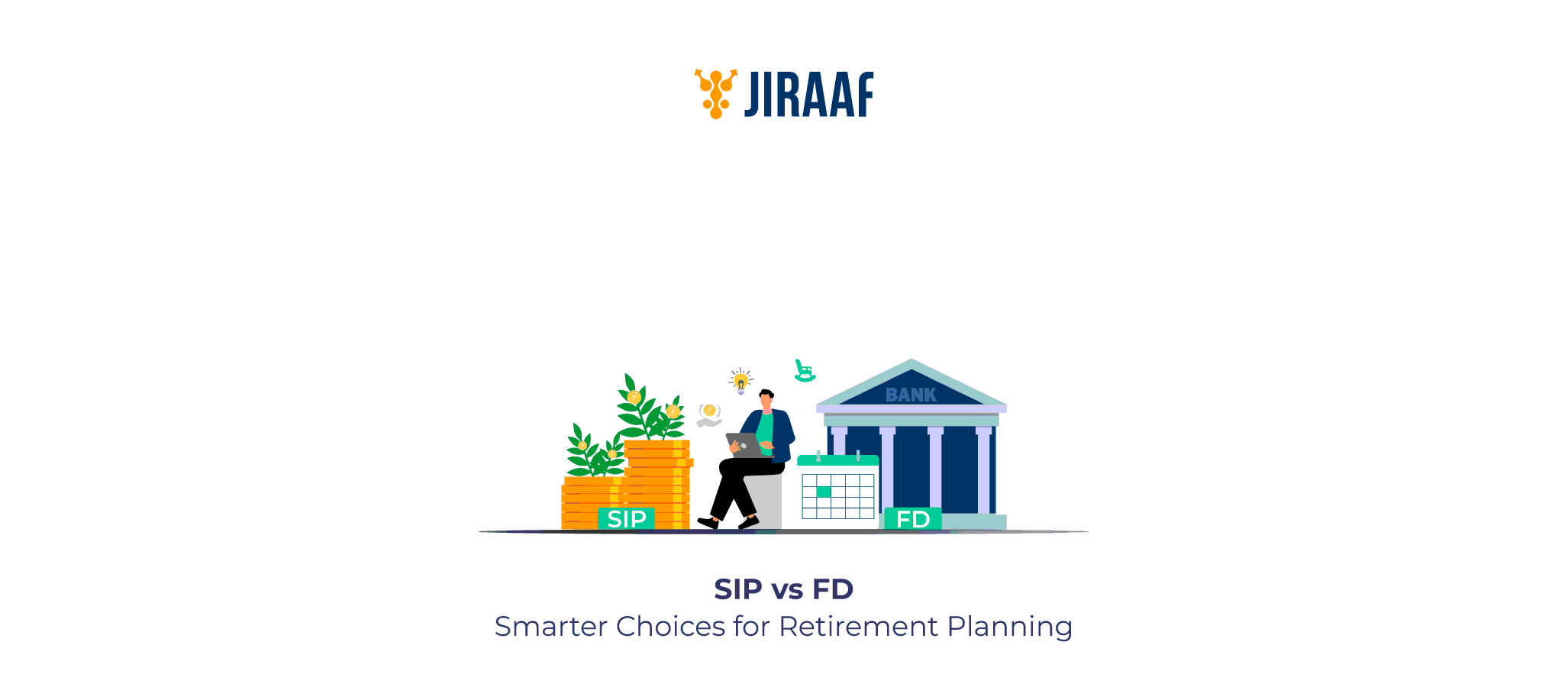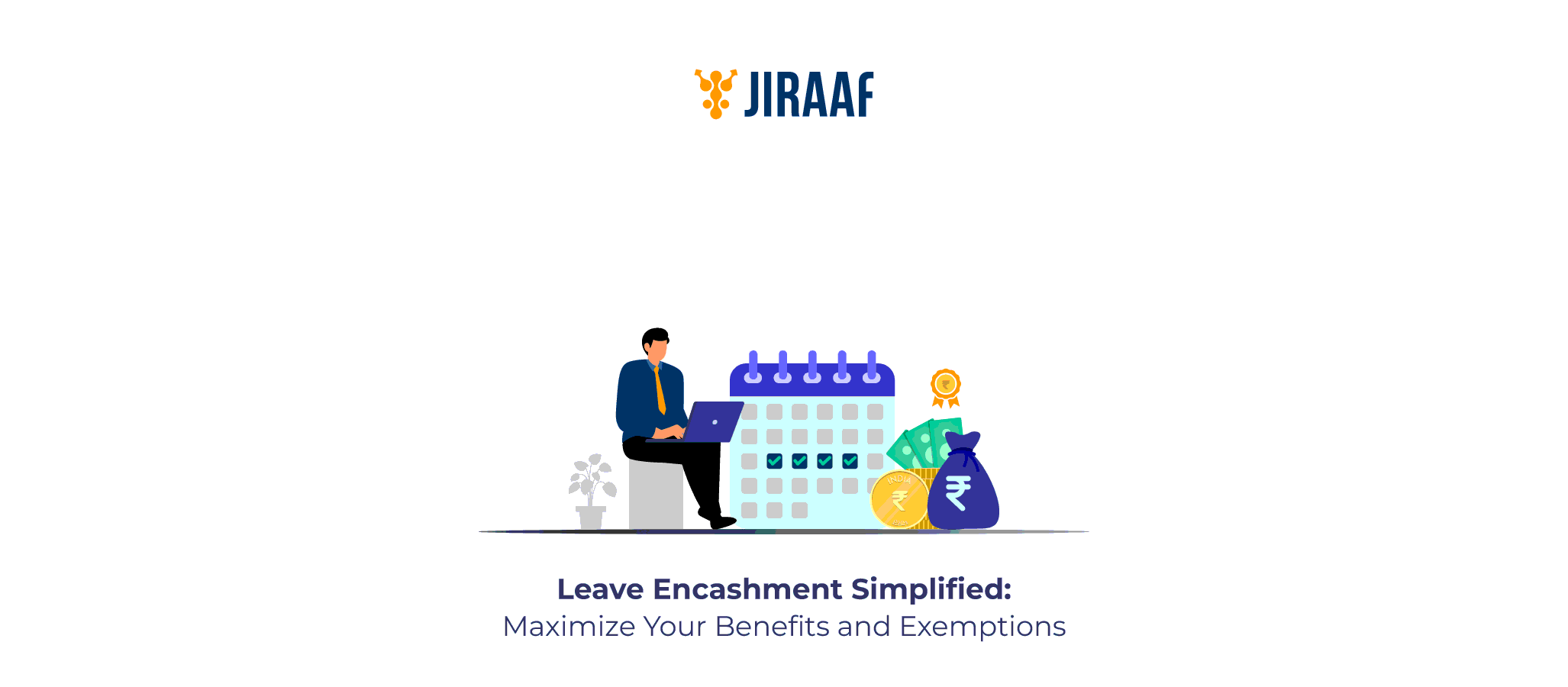Having ₹5 lakh in your hands brings with it a real opportunity to make your money work for you. This amount is versatile enough to be invested in multiple ways across different assets, risk levels, and time horizons, so you can balance growth, stability, and flexibility. Leaving it idle in a savings account comes with a cost: every month it sits there, it misses the chance to grow and support your goals.
To understand its true potential, think about it like this: with ₹5 lakh you can fund a significant portion of a car or property down payment, start a small business, or even support a year of higher education, but if invested thoughtfully, it can strengthen your financial foundation, offer stability, and open doors to meaningful growth.
In this guide, we’ll simplify the choices for you, showing how to invest ₹5 lakh wisely so that every rupee contributes to building security, creating opportunities, and shaping your financial future. In this article, we will explore the best ways to make the most of this amount and turn it into a stepping stone for your financial journey.
Why is ₹5 Lakh a Strong Investment Amount?
The real strength of this amount lies in its balance. It’s large enough to open doors to meaningful returns, yet manageable enough to let you test, learn, and diversify without taking on uncomfortable risk. You can build a mix of stable and growth-oriented assets, giving your portfolio both safety and upward potential.
This balance is exactly why bonds deserve to be the starting point. They offer higher returns than traditional fixed deposits while keeping your capital relatively secure.
Option 1: Bonds
Bonds—a steady, income-generating investment that balances growth and safety, come into play when you want better returns than a savings account or FD, but without diving straight into the volatility of stocks.
A bond is essentially a loan you give to an issuer—be it the government, a municipality, or a company, in return for regular interest payments and repayment of the principal at maturity.
- Corporate Bonds: Issued by companies to raise capital for expansion or operations. These offer the highest returns among the three, typically ranging from 8-15%, depending on the company’s credit rating and the duration.
- Government Bonds: Issued by the GOI to fund public spending. They’re considered the safest but usually offer modest returns. As per Oct’25, India’s 10-year provides a yield of 6.5% p.a.
- Municipal Bonds: Issued by city or state authorities to finance infrastructure projects like roads, schools, or sanitation. They carry slightly more risk but can offer tax advantages.
Corporate bonds, in particular, hit the sweet spot for investors with ₹5 lakh as they provide predictability, attractive yields, and a moderate risk profile. They’re ideal when you want your money to work without constant tracking or speculation.
However, while bonds offer security and steady income, they can miss out on the higher growth potential that comes from market-linked instruments. That’s where mutual funds and SIPs step in, bridging the gap between safety and wealth creation.
Option 2: Mutual Funds & SIPs
Mutual funds have long been a trusted choice for investors in India. The idea is simple: why manage all the complexities of investing alone when a professional fund manager can do it for you? Think of it this way: if you are trying to grow your ₹5 lakh on your own versus someone who studies the markets every single day, who is more likely to get better results?
And if you are still unsure about committing the full amount at once, there is an easier way to start with a Systematic Investment Plan (SIP). SIPs let you invest smaller amounts at regular intervals, giving you flexibility and control. If at any point you feel the returns are not matching your expectations, you can stop. This mix of discipline and freedom is one reason why mutual funds have become so popular, with AMFI reporting a 23% YoY growth in assets under management.
Now that we have seen how market-linked investments can grow your wealth, let us balance it with something more traditional. Fixed Deposits and debt instruments may not offer the same thrill as mutual funds, but they bring stability and assurance that many investors value just as much.
Option 3: Fixed Deposits (FDs) & Debt Instruments
We’ve already explored one form of debt instrument earlier—bonds. But the world of debt investing goes beyond that. Instruments such as government securities (G-Secs), treasury bills, and debt mutual funds also fall into this category. These options are designed for investors who prefer stability and predictable income over high-risk, high-reward opportunities.
Debt instruments are ideal for balancing your portfolio. They protect your capital while offering returns that typically outpace a savings account. G-Secs and treasury bills are backed by the GoI, making them some of the safest investment avenues, while debt mutual funds provide liquidity and professional management for those who want steady but flexible income options.
FDs, on the other hand, are slightly different. Instead of lending money to an external issuer, you park your funds with a bank or a non-banking financial company (NBFC) for a fixed tenure at a predetermined interest rate. They are one of the most popular choices among Indian households because of their simplicity, guaranteed returns, and the absence of market risk.
Let us see how some FD interest rates stack up right now:
| Bank / Institution | Tenure | Rate of Interest (General Public) |
| Slice Small Finance Bank | 2 years | ~7.50% |
| Bajaj Finance Ltd | 2 years | ~6.95% |
| Suryoday Small Finance Bank | 5 years | ~8.05% |
| South Indian Bank | 1 year | ~6.60% |
| Shriram Finance Ltd | 4 years | ~7.35% |
(Source: Jiraaf as of Oct’25)
Do not feel disheartened if these rates look modest compared to the flashy numbers you see in mutual funds. The gospel truth in finance is simple: the higher the risk, the higher the potential reward—but also the higher the chance of loss.
With FDs and debt instruments, what you are really buying is certainty. You may not walk away with retina-blowing returns, but you get stability, safety, and the peace of mind that your money is working without giving you sleepless nights.
Let’s get back to the return aspect. If you have a good appetite for the risks, then for sure you deserve the returns as well. That’s what will draw you to the next segment, which is the stock market and equity Investments.
Option 4: Stock Market & Equity Investments
When you invest in the stock market, you’re not just buying numbers on a screen—you’re buying ownership in real companies that build the world around you. From the bank that handles your salary to the FMCG brand on your kitchen shelf, the market lets you participate in their growth story.
Equity investing is all about time, not timing. Over short periods, the market can test your patience. But give it time, and it rewards those who stay consistent. Take the Nifty 50, for example—the index that represents India’s top 50 listed companies. While its one-month movement may barely cross 1%, its five-year annualized return of around 18% shows the power of long-term compounding.
Equities demand research and conviction, but they also offer something no other asset class can match—ownership-driven growth. You’re not just earning interest; you’re participating in India’s expanding economy, where innovation, consumption, and infrastructure continue to scale new heights.
From company ownership, the next logical step is ownership of assets—physical or otherwise. That’s where real estate and REITs come into the picture.
Option 5: Real Estate & REITs
With ₹5 lakh in hand, you could buy a small part of a property or fund a down payment for a modest apartment. Rental income can give you a steady monthly cash flow. But if managing property feels like a headache, REITs make it easier.
RIETs let you own parts of income-generating buildings without dealing with tenants or maintenance yourself. These REITs pay rent income as dividends, and you also get the upside when property values rise.
Right now, India’s market is showing strong signs of getting serious. Yields are around 6-7.5% (as per Sept’25), beating many global REIT markets. Over the past year, India’s REITs have delivered as high as 29% capital appreciation, significantly outperforming the realty stocks and BSE Realty Index as well. And the total listed REIT market has crossed ₹1 lakh crore in market value, which means investor confidence is growing.
If real estate gives you rental income and property-value growth, then pairing it with gold, bonds, and government schemes can give your portfolio even more strength. Let’s go on to Option 5-Gold and Government Schemes, where safety, returns, and policy-backed benefits come together.
Option 6: Gold & Government Schemes
Gold in India has always been more than a decorative metal. It represents security, emotion, and trust passed down through generations. Beyond its cultural value, gold serves as a reliable hedge against inflation and a dependable store of value when markets turn volatile.
However, gold alone cannot meet every investment goal—especially if you seek predictable returns over defined time horizons. That’s where government-backed savings schemes step in. Options such as the National Savings Certificate (NSC), Senior Citizens Savings Scheme (SCSS), and Public Provident Fund (PPF) combine safety with steady returns, typically ranging between 7% and 8.2%. Backed by sovereign guarantee, they are ideal for investors who value stability and long-term security.
Together, gold and government schemes form a strong safety net for your portfolio. Gold shields your wealth from inflation and volatility, while these schemes ensure predictable growth backed by government assurance, helping your money remain both protected and productive through every market cycle.
Now that we have explored six different investment avenues, each catering to a different level of risk and return, the next logical step is to understand how they can work together. To do that, we move from individual options to investment strategies and learn how to plan for both the short and long term.
Short-term vs Long-term Strategy for ₹5 Lakh Investments
Looking back at what we have discussed so far, every option has its own place. Mutual funds and SIPs offer growth; FDs and debt instruments bring stability; stocks give ownership, real estate builds assets, and gold or bonds provide safety. Together, they form a complete toolkit.
Now comes the practical question. Should you use your ₹5 lakh for short-term needs or let it work for the long term? The answer depends on two factors: your goals and your timeline.
If you need the money in the next one to three years for something specific, like education, a down payment, or an emergency reserve, then short-term options such as FDs, debt instruments, or short-duration mutual funds make sense. They protect your capital and give steady returns.
But if your goals are five to ten years away or even longer, then long-term investments like equity mutual funds, real estate, or gold have the power to grow your wealth significantly through compounding. The longer you stay invested, the greater the impact.
The logic is simple. The shorter the time frame, the safer your investment should be. The longer the time frame, the more growth-oriented it can be. But remember, there is a twist when it comes to bonds. Longer-duration bonds often carry higher returns, but they also carry greater interest rate risk, which means their prices can swing more when market rates change.
That’s why understanding your own comfort with risk is key. A financial advisor can help you balance growth and safety—ensuring your investments don’t just perform well but also stay aligned with your long-term goals.
Conclusion: Choosing the Best Way to Invest ₹5 Lakh in India
The opportunity cost of leaving ₹5 lakh idle is real. If it sits untouched for 6 months, then you quietly lose what it could have earned—an extra ₹30,000 from a bond, ₹48,000 from a mutual fund, or even ₹60000 from equities. That’s money you never see, simply because it never moved.
Idle cash doesn’t just stand still; it falls behind. Inflation chips away, and what once felt like a solid sum starts covering less each year. But invested smartly, that same ₹5 lakh can build up to something that pays for your goal. It can grow into a college fund, a home down payment, or the capital for your next big move.
So, don’t let ₹5 lakh rest when it can run. The earlier you put it to work, the sooner it starts funding your goals.
